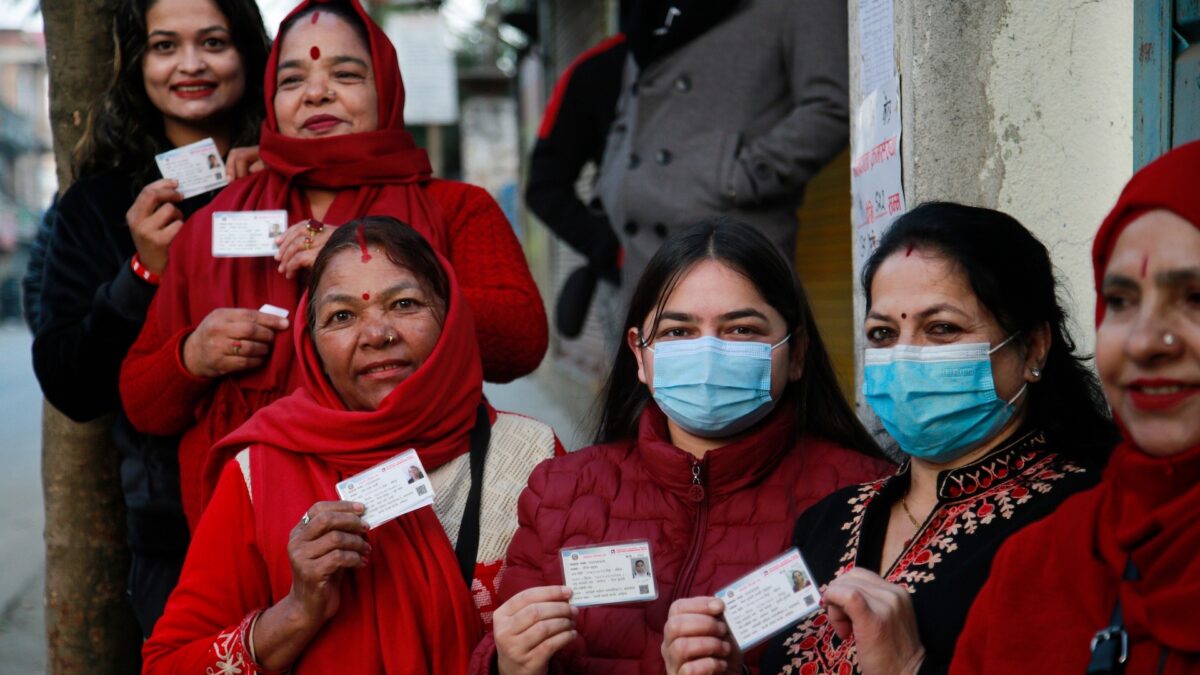
Nepal’s Gen-Z (individuals born between 1997 and 2012) movement unleashed widespread unrest, exposing deep-rooted frustrations with corruption and governance failures. Following the devastating 2015 earthquake and the severe impact of the COVID-19 pandemic between 2020 and 2021, these protests have further exacerbated the nation’s existing challenges. The combined toll on the country has been immense, with initial estimates suggesting hundreds of billions in infrastructure damage and economic losses – a substantial portion of Nepal’s GDP. A comprehensive study is still needed to determine the full extent of the damage. The BBC reported that the economic impact totaled Rs 3 trillion, nearly half of Nepal’s GDP, crippling tourism, hospitality (Rs 25 billion in losses), and retail, with 10,000 jobs lost and widespread looting.
For eight decades, Nepal has relied on foreign aid, initially in the form of grants but increasingly through loans. In the 2025-26 fiscal year (2082/83), with a budget of Rs 1,964 billion, foreign grants constitute 2.72% (Rs 53.45 billion), while loans (foreign and domestic) account for 30.48% (Rs 598.66 billion). This heavy reliance on borrowing, with Nepal’s debt nearing 45% of GDP, underscores the need for cautious financial strategies. Despite reduced aid from the US’s “America First” policy and the UK’s cut from 0.5% to 0.3% of Gross National Income (GNI), collaborative support from India, China, Japan, Switzerland, Finland, Norway, Australia, the US, UK, EU, World Bank, and ADB is vital for rebuilding damaged infrastructure, restoring essential systems, mitigating economic fallout, and rebuilding trust.
Critical Issues: The Gen-Z movement highlighted five critical issues:
International Cooperation for Crisis Recovery: To effectively harness external support, Nepal should adopt a stepwise approach, drawing on its 2015 earthquake recovery experience:
This selective approach prioritizes grants and technical expertise, leveraging Nepal’s PDNA experience to create a robust recovery framework while safeguarding fiscal sustainability.
Cross-Border Solidarity for Nepal’s Recovery: India and China can provide immediate, targeted aid, as demonstrated during the 2015 earthquake:
The Nepal-India Joint Commission and Nepal-China Intergovernmental Committee should coordinate efforts to ensure equitable support.
Securing Support from Development Partners: Global partners bring critical expertise and funding. The US can expand the $550 million Millennium Challenge Corporation compact for smart grids and roads, the State Department supports election observation and voter education in the upcoming election, and introduces digital tools for transparent governance to help reduce corruption. The UK’s rule-of-law expertise and the EU’s Global Europe Neighborhood funds can reform judicial systems and support climate-resilient infrastructure, with EU observers ensuring a fair March 2026 election.
Japan’s earthquake-resistant designs, Japan International Cooperation Agency’s (JICA) disaster management support, and cultural exchanges can rebuild infrastructure and morale. Switzerland, Finland, Norway, and Australia can enhance governance transparency, education, conflict mediation, and job creation. The World Bank and ADB can finance infrastructure projects with anti-corruption safeguards, prioritizing grants to limit debt.
The Nepal Development Forum should track recovery with transparent metrics, ensuring alignment with Nepal’s priorities.
A Framework for Nepal’s Recovery: The Six-Pillar Plan: This strategic plan for effective collaboration is built on six key pillars, ensuring a focused and dynamic approach without expanding the text.
Nepal must lead to maintain agency and ensure accountability, prioritizing grants over loans to manage debt risks.
Conclusion: The “Zen-G” movement, while disruptive, offers Nepal a chance for renewal. By adopting a strategic approach to external support, the country can prioritize grants and technical assistance over loans, building on its post-2015 earthquake recovery efforts. With key partners like India, China, and various global institutions, Nepal can rebuild resilient infrastructure, strengthen transparent governance, and empower its institutions. This collaborative effort aims to mend internal divisions and establish the country as a model of adaptive federalism. Ultimately, global partners have a vested interest in supporting Nepal’s stability and long-term recovery.